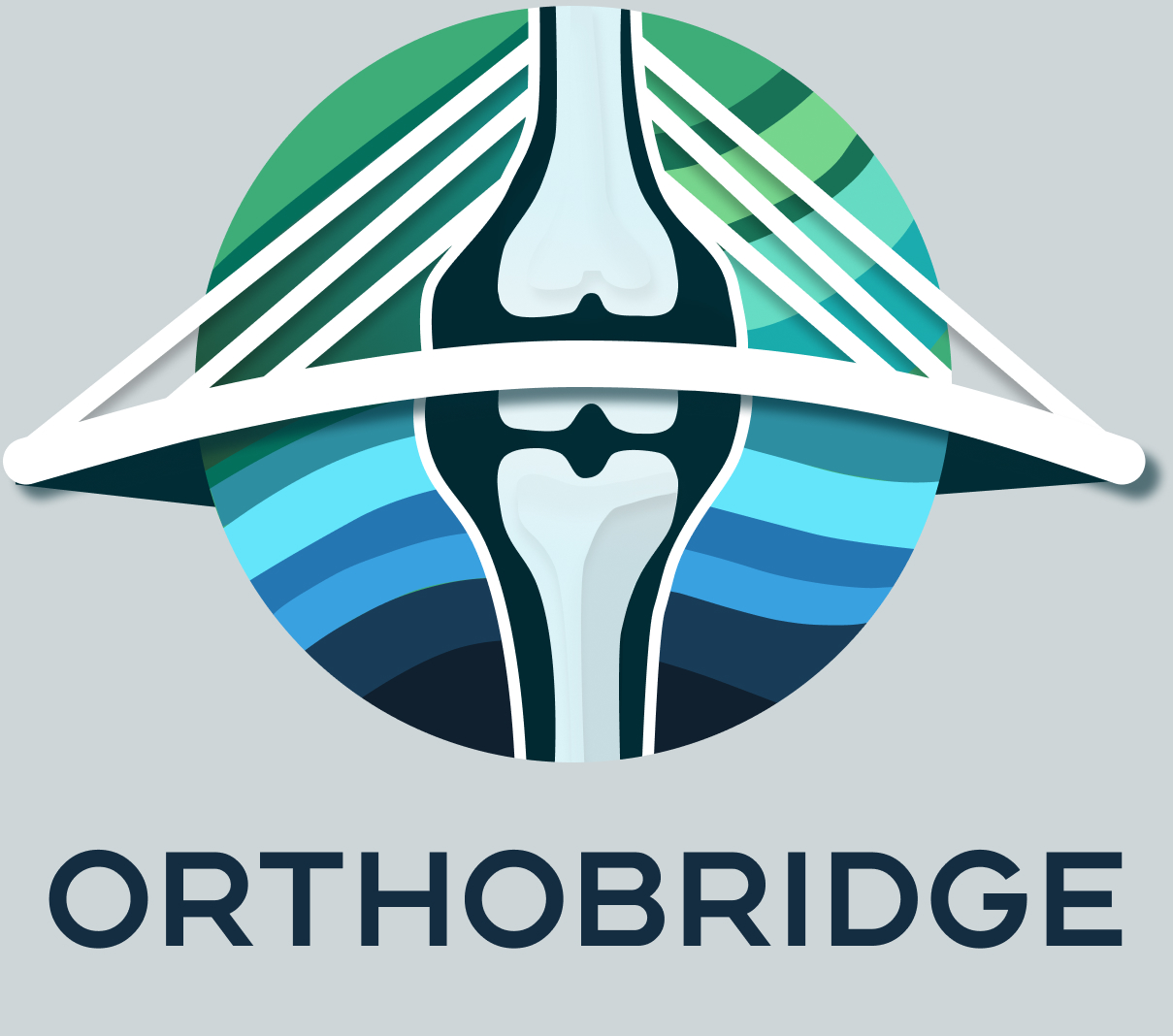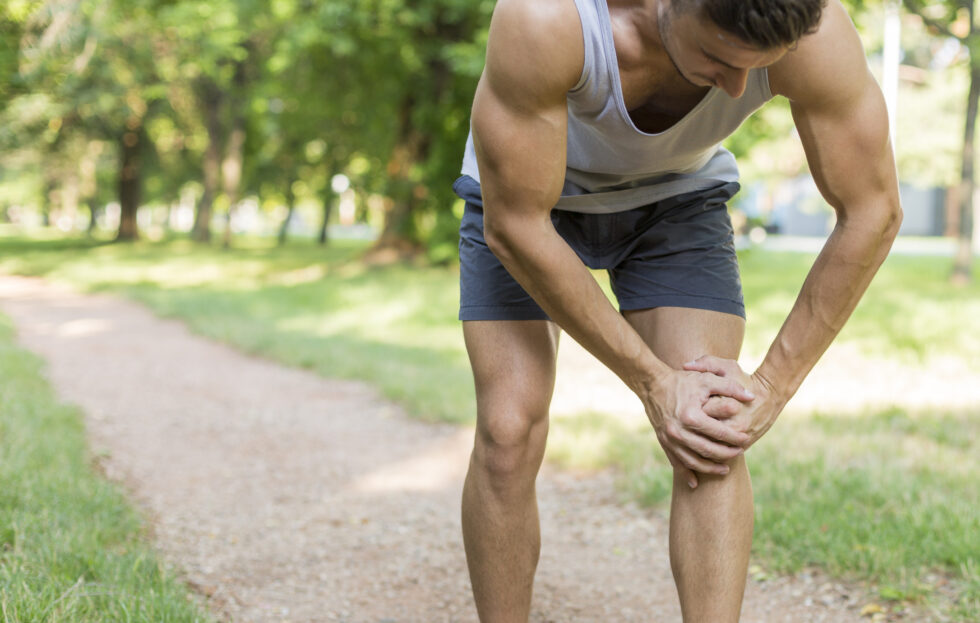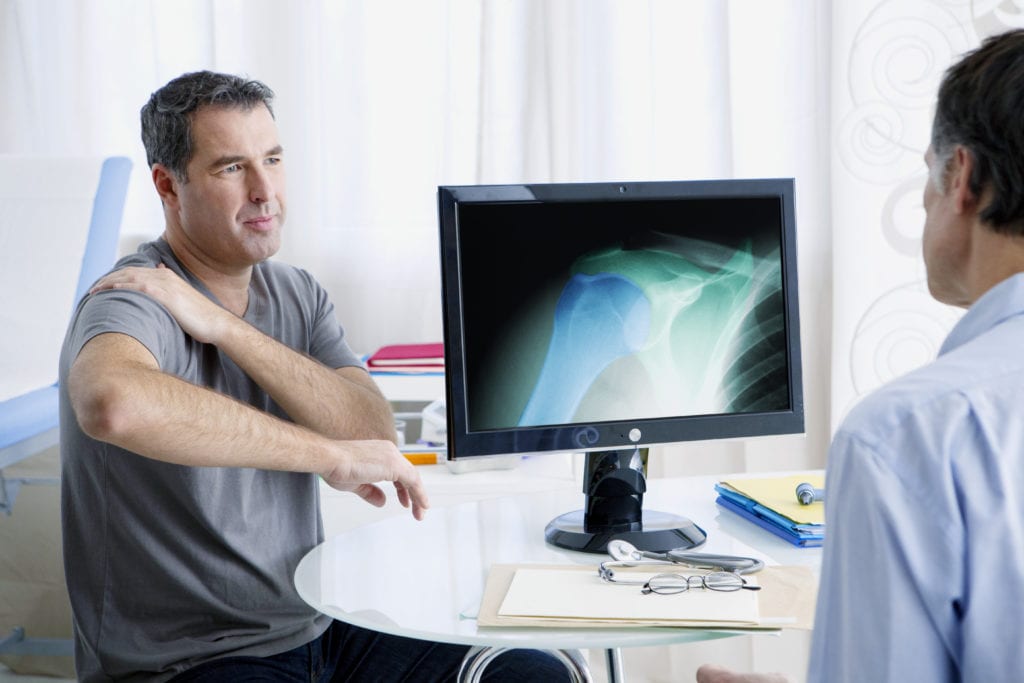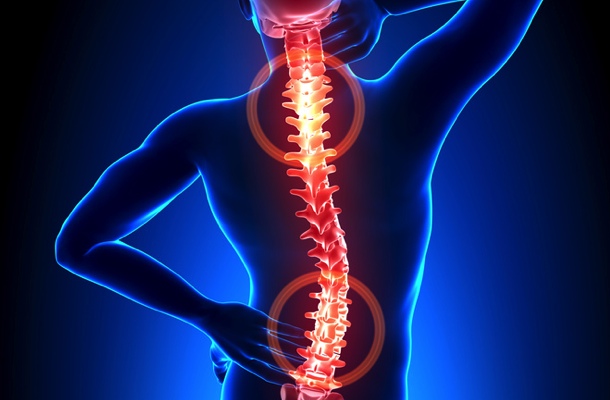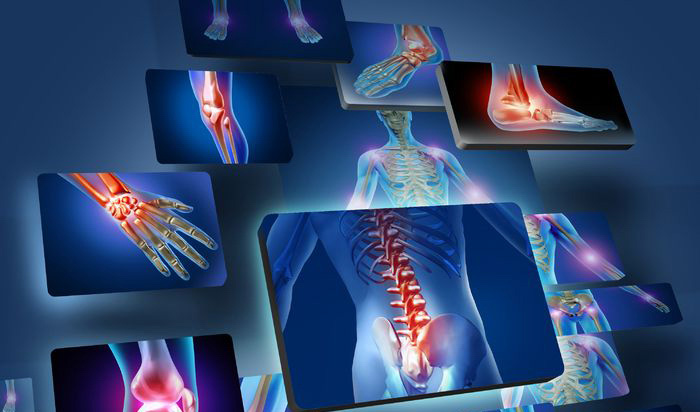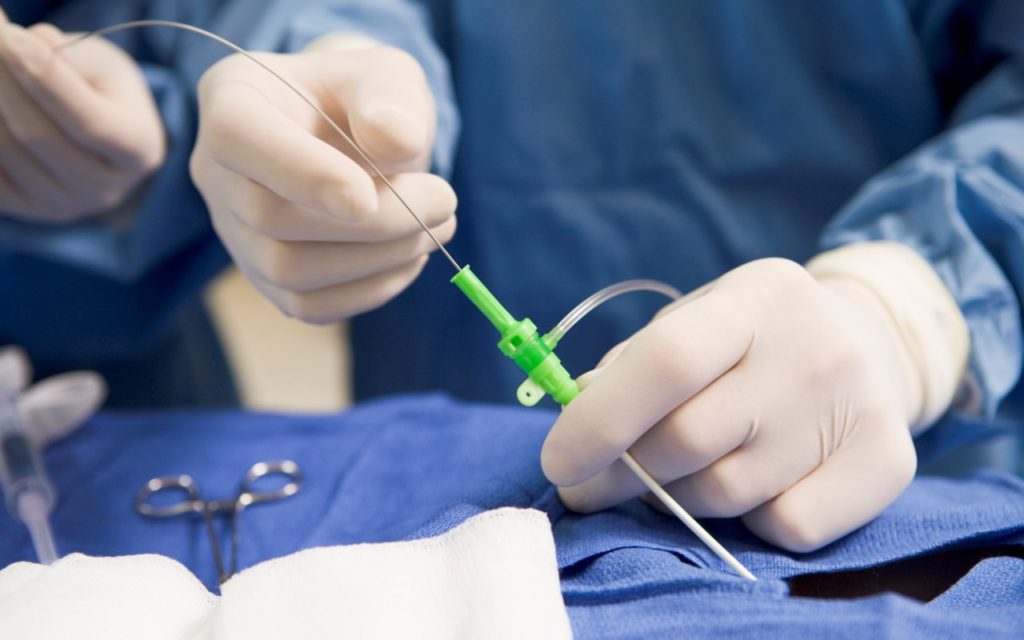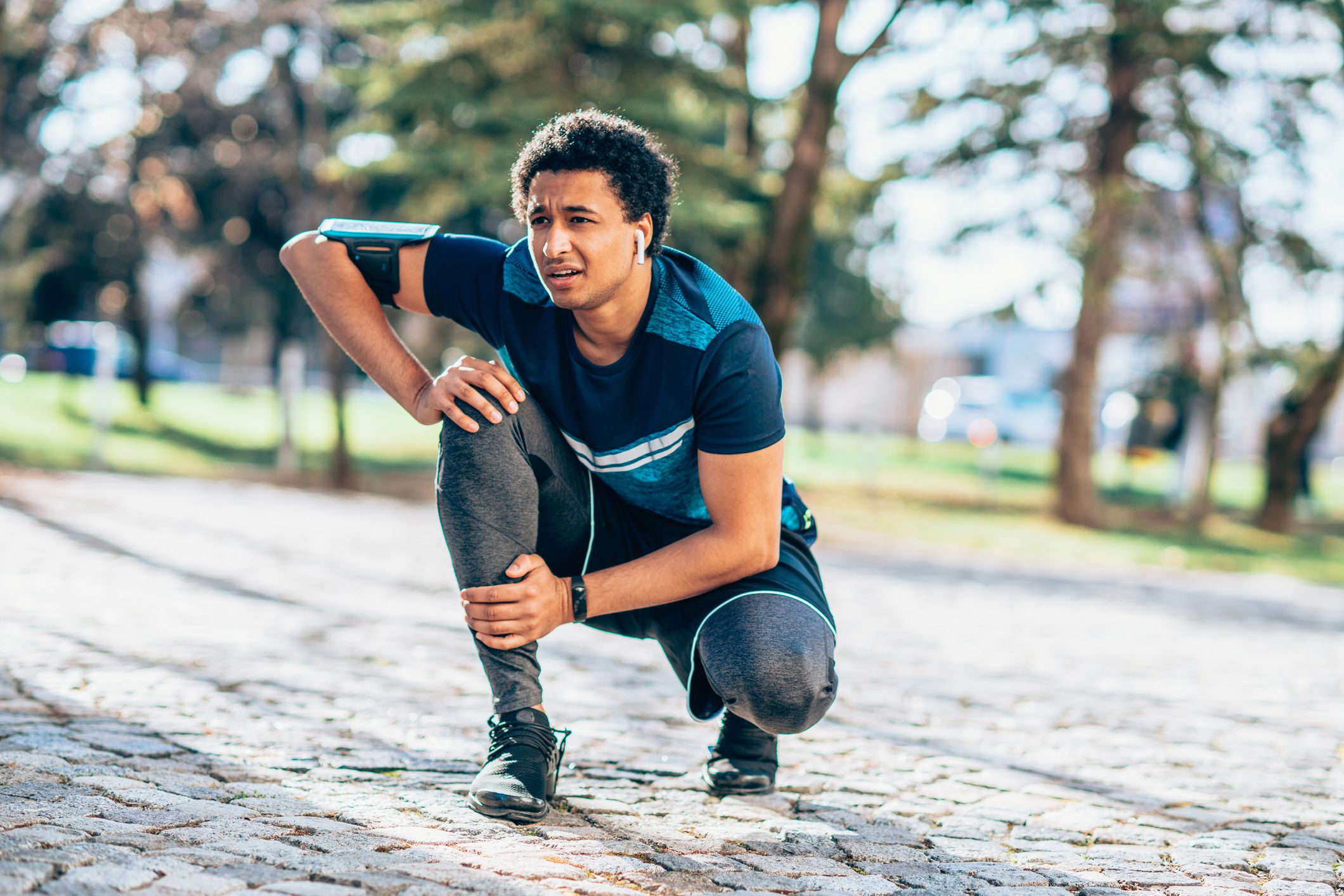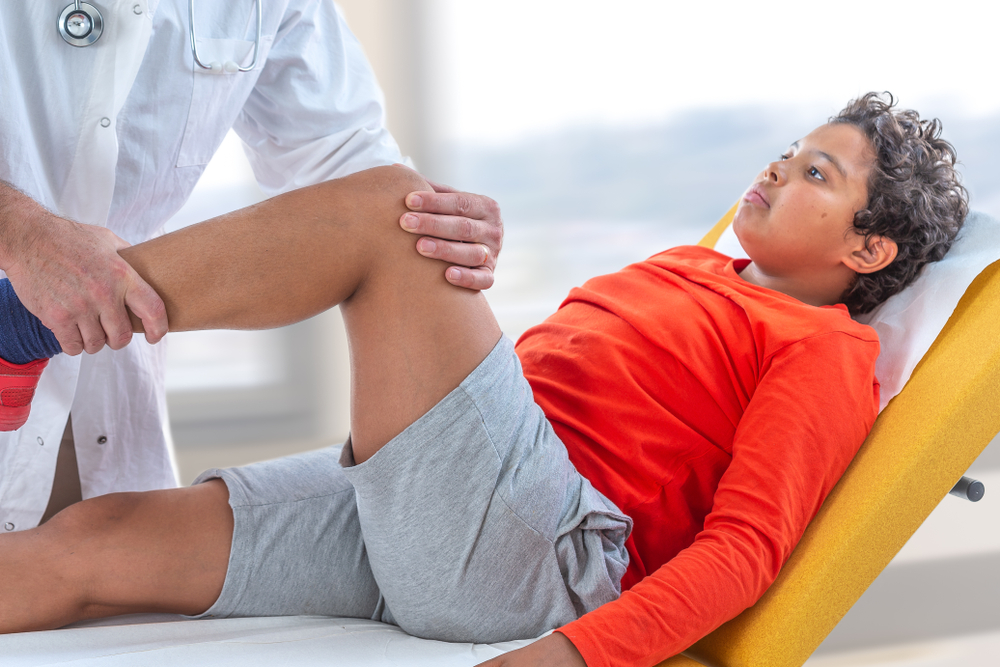Hip bursitis is inflammation of the bursae of the hips. Treatment usually involves anti-inflammatory medication, physical therapy, and rest.
The hips have two bursae — which are small, fluid-filled sacs — that can become irritated and inflamed.
One bursa is located over the top of the greater trochanter, which is a large protrusion on the side of the hip. If this bursa becomes inflamed, doctors call this trochanteric bursitis.
Read on to learn more about the treatment protocol for hip bursitis.
Treatment overview
The main symptom of hip bursitis is pain. Initially, this may be sharp and intense, gradually becoming a dull ache. Therefore, the main goal of initial treatment is to reduce pain and improve functionality.
Many individuals with hip bursitis experience relief by modifying activities that worsen their symptoms. Some may use a walking cane or crutches to reduce strain on their injured hip. A doctor might also recommend medication, physical therapy, and more.
In rare cases, surgery may be necessary.
Pharmacological treatments
A person can take nonsteroidal anti-inflammatory drugs (NSAIDs), such as ibuprofen (Advil), naproxen sodium (Aleve), and aspirin to
Sometimes, a doctor may also use corticosteroid injections to reduce inflammation and pain. This involves an injection directly into the bursa, which can provide extended relief.
If symptoms return, another injection can help. However, doctors limit the number of injections because corticosteroid injections can damage the surrounding tissues.
Rehab exercises
Physical therapy is a treatment that
A physical therapist may recommend gentle stretching exercises and hip abduction exercises.
Hip abduction is when a person moves the leg away from the body’s centerline. Abduction exercises can help strengthen the hip muscles, reducing stress on the bursae. A person can also use a foam roller to release tension in the abductors and surrounding muscles.
Low-impact aerobic activities, such as walking or swimming, are also beneficial, and core strengthening exercises can improve stability in the hips and lower body. A healthcare professional may refer a person to a physical therapist to work on strengthening exercises.

Surgery
Although a person with hip bursitis rarely requires surgery, if they have exhausted all nonsurgical treatment options, they may require a surgical procedure.
Surgery for hip bursitis typically involves removing the inflamed bursa. The hip can function normally without it.
An alternative is arthroscopic bursa removal, which requires a small incision over the hip. It is less invasive and people recover quicker than with open surgery.
Homeopathic treatments
The principle of homeopathy is to treat “like with like” and the “law of minimal dose.” It involves taking minute amounts of certain substances that produce the same symptoms as the condition itself.
Some people use homeopathic remedies to reduce pain and inflammation associated with hip bursitis. However,
If a person wants to try alternative or homeopathic treatments, they should consult a healthcare professional.
Recovery time
Recovery time depends on the severity of the person’s general health. It is important to note that most individuals require diligent work with physical therapy, and it can take
If a person has surgery, they can expect a short rehabilitation period. They should be able to walk in the evening following surgery, and the soreness will go away after a few days.
Questions to ask a doctor
If a person has symptoms of hip bursitis, they should consult a doctor to assess the condition and provide appropriate care. Some questions to ask a doctor during the appointment include:
- What treatments do you recommend for my hip bursitis?
- What is the risk of surgery?
- Are there any lifestyle changes I can make to prevent it from reoccurring?
- How long will it take for me to recover?
- Should I consider homeopathic remedies for pain?
- Are there any activities or exercises that can help reduce my symptoms?
- Are there any specific precautions I need to take while recovering from hip bursitis?
- Are there other treatments available if this treatment fails?
